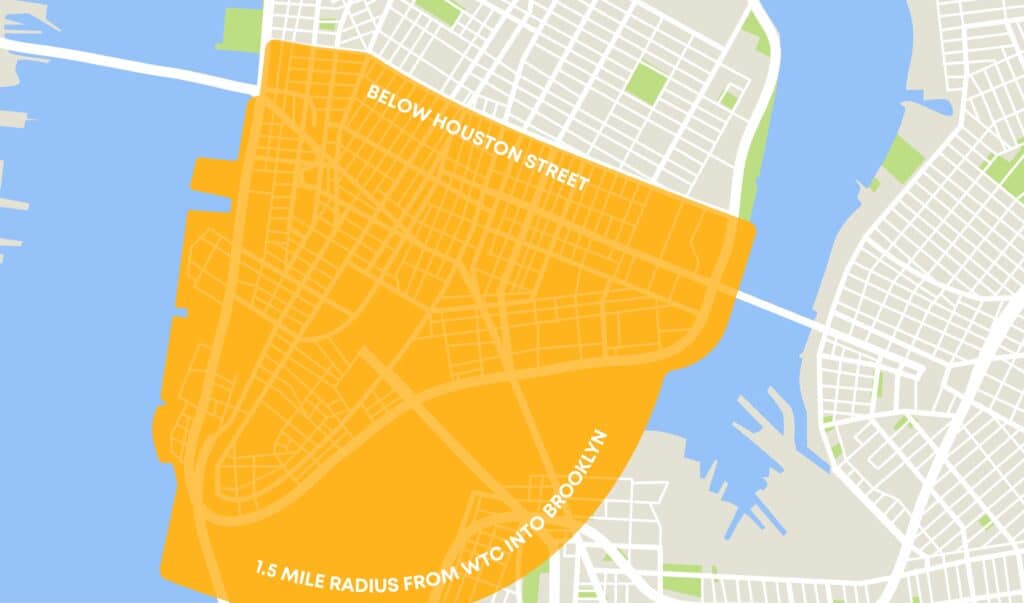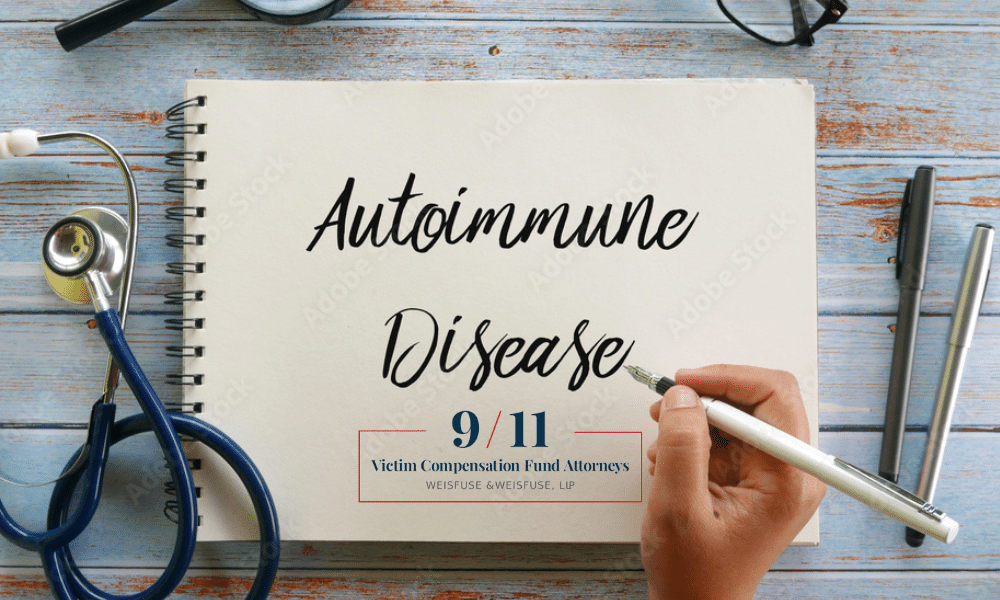
Although it’s been more than two decades, September 11, 2001 is a day burned into our nation’s memory. Some remember watching the news in horror as two planes crashed into the Twin Towers and billowing toxic smoke filled the air. Others remember watching the attack in person, and trying to flee Manhattan as hordes of dust-coated, confused people ran through the streets. The impact from that day will be felt for generations to come.
What some people don’t realize, however, is that there are many survivors who have suffered more than emotional trauma. In the last two decades, it has been revealed that thousands of first responders and survivors are suffering from dust-related cancers and diseases. In fact, the World Trade Center (WTC) Health Program has taken an initiative to help survivors get coverage and compensation for their suffering. As more and more research comes out, more and more illnesses are being added to the 9/11-related health issues list. Uterine cancer is the latest proposed addition.
9/11 Cancer List
The WTC Health Program has an ongoing list of medical ailments and injuries related to the 9/11 attacks. One of the most notable consequences of exposure to the 9/11 attacks is cancer. Many cancers are already on the list:
- Blood and lymphoid tissue (including lymphoma, myeloma, and leukemia)
- Breast
- Childhood cancers
- Digestive system (including colon and rectum)
- Eye and orbit
- Ovary
- Head and neck (oropharynx and tonsil)
- Prostate
- Mesothelioma
- Rare cancers (read a statement from the Administrator about Rare Cancers for more information)
- Respiratory system (including lung and bronchus)
- Skin (melanoma, non-melanoma and carcinoma in situ)
- Soft and connective tissue
- Thyroid
- Urinary system (including kidney and bladder)
However, the list is often updated to include new conditions because foundation advocates, scientists, and medical experts are constantly determining new links between 9/11 and current cancers and diseases. Many survivors don’t realize that their current sickness may have been spawned two decades ago. In addition, many ailments and conditions that were proven related to toxic exposure on 9/11 have not yet been added to the list due to inherent biases.
Survivors and first responders shouldn’t have to worry about how to pay for their treatment and protect their families from financial loss. At Weisfuse & Weisfuse, LLP, we have the knowledge and skill to fight for the fair compensation that victims – and, in too many cases, their surviving family members – deserve.
Uterine Cancer and 9/11
Although it’s been two decades, there’s still a long way to go to ensure that every survivor and first responder suffering from 9/11-related injuries gets treated and compensated. The medical ailments list covers many types of cancers, but some have been grossly neglected. One of these is uterine cancer. Officials at the WTC Health Program are proposing that uterine cancer get added to the 9/11-related injuries list and rightfully so.
One of the main reasons why uterine cancer has been left out is because only 15 percent of first responders and clean-up workers are female. In spite of this, uterine cancer cases make up 3.4% of national cancer cases. Even more shocking, it is estimated that 12,550 people will die from uterine cancer next year.
Scientific advisors maintain there is enough research to link the dust and chemical exposure of 9/11 to uterine cancer. It’s time for this injustice and bias to be approached head on. Physicians, advocacy groups, patients, caregivers, and Congress members are fighting for uterine cancer to be added to the list so that survivors and first responders battling this ailment can rightfully receive the care, coverage, and compensation they deserve.
Why do we care?
Imagine risking your life to save others after one of the most devastating catastrophes in our nation’s history and battling cancer decades later because of it – only to be hit with enormous medical bills without coverage or compensation. If a patient’s condition is not on the list, they aren’t entitled to submit their claims to their insurance company. It’s a gross injustice for those who are suffering from a cancer, like uterine cancer, that hasn’t been added, despite there being clear evidence linking the chemicals and dust with the patients’ condition.
At Weisfuse & Weisfuse, LLP we believe in doing what’s right. Every survivor and first responder who is suffering from any type of cancer, disease, or injury that can be linked to 9/11 should be compensated. The reason these organizations are in place is to help survivors and first responders. None of these brave individuals should be left out.
It’s a huge gain that awareness is being spread about uterine cancer and that policymakers are fighting for it to be added to the list. If just one survivor suffers without coverage, it’s one too many.
Contact a knowledgeable New York uterine cancer attorney today
Call Weisfuse & Weisfuse, LLP to schedule a free consultation with an experienced attorney who is here to help. We’re committed to doing everything we can to assist those who risked their lives to help us. Together, we can seek the fair compensation you deserve. Call us today at (212) 983-3000 or contact us online.

About Jason Weisfuse –
9/11 Victim Compensation Fund Attorney
About Jason Weisfuse –
9/11 Victim Compensation Fund Attorney
Jason E. Weisfuse is a seasoned 9/11 cancer attorney and managing partner at Weisfuse & Weisfuse, LLP, a New York City-based law firm dedicated to representing individuals affected by the September 11th attacks. Since the establishment of the September 11th Victim Compensation Fund (VCF), Jason has been instrumental in assisting first responders, survivors, and families in securing the compensation and medical benefits they deserve.
With a Juris Doctor from New York Law School (2009), Jason brings extensive experience regarding the 9/11 Victim Compensation Fund to his practice. His deep understanding of the VCF and the World Trade Center Health Program (WTCHP) has enabled him to navigate complex claims processes effectively, resulting in substantial awards for his clients.
Jason’s commitment to the victims in the 9/11 community is evident through his active involvement in professional organizations such as the New York State Trial Lawyers Association and the American Association for Justice. He has also contributed to legal discourse with publications in the New York Law Journal, reflecting his dedication to legal excellence and advocacy.
At Weisfuse & Weisfuse, LLP, Jason continues to provide compassionate and knowledgeable representation, ensuring that those affected by 9/11 receive the support and compensation they are entitled to.







